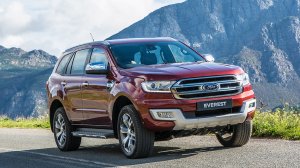Can Ford's new-look Ranger clinch top spot in SA 1-ton bakkie market?


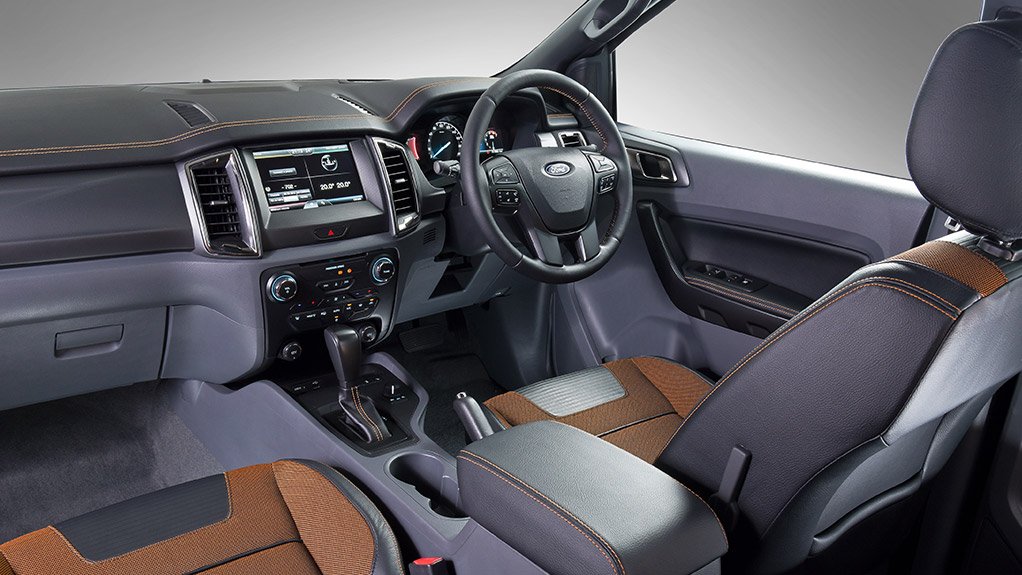

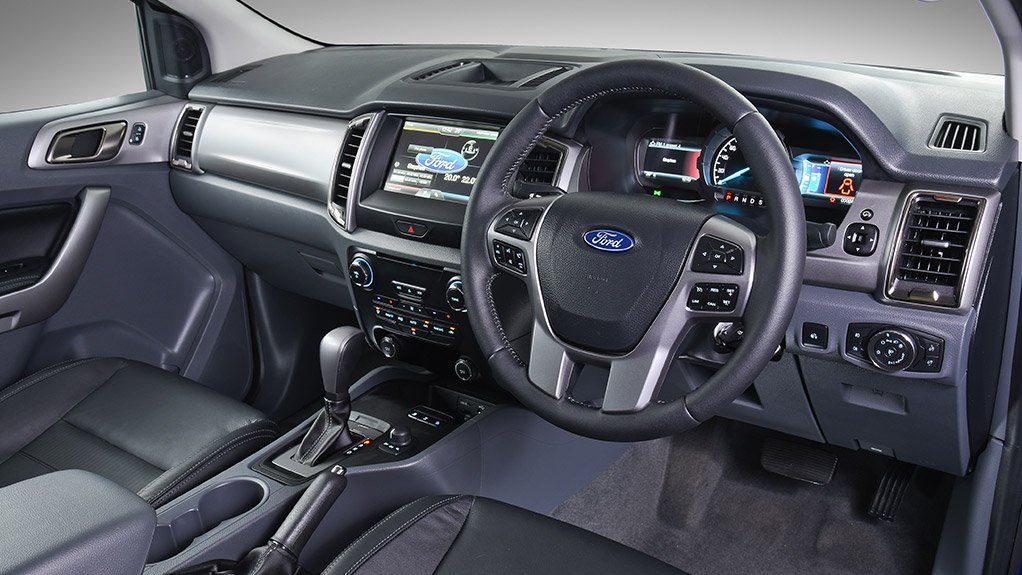
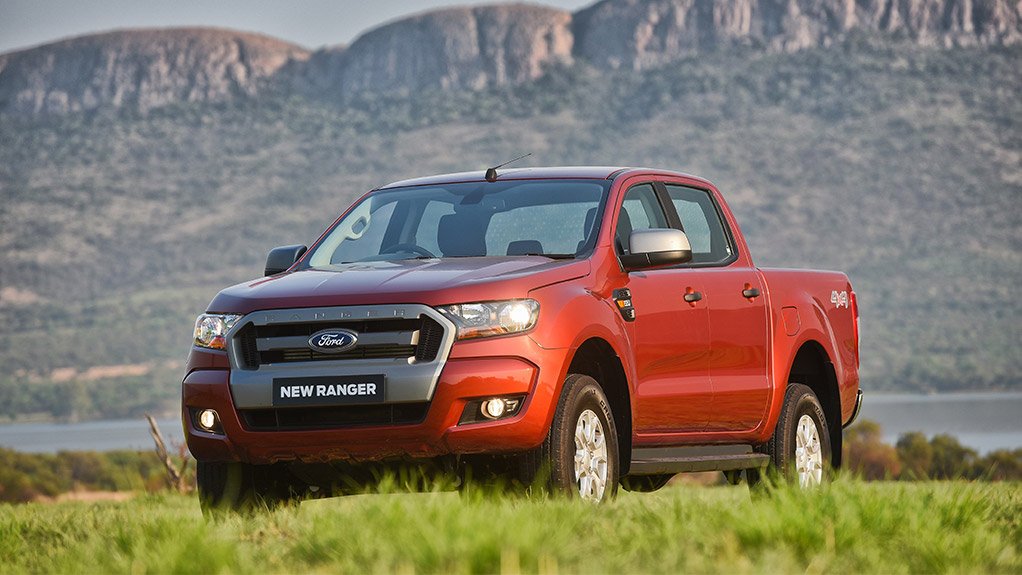
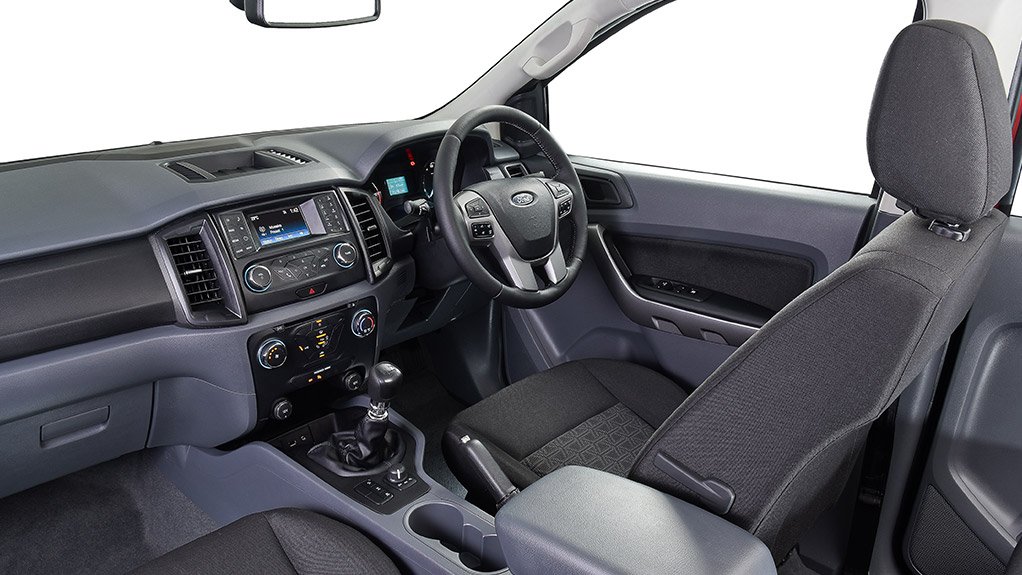
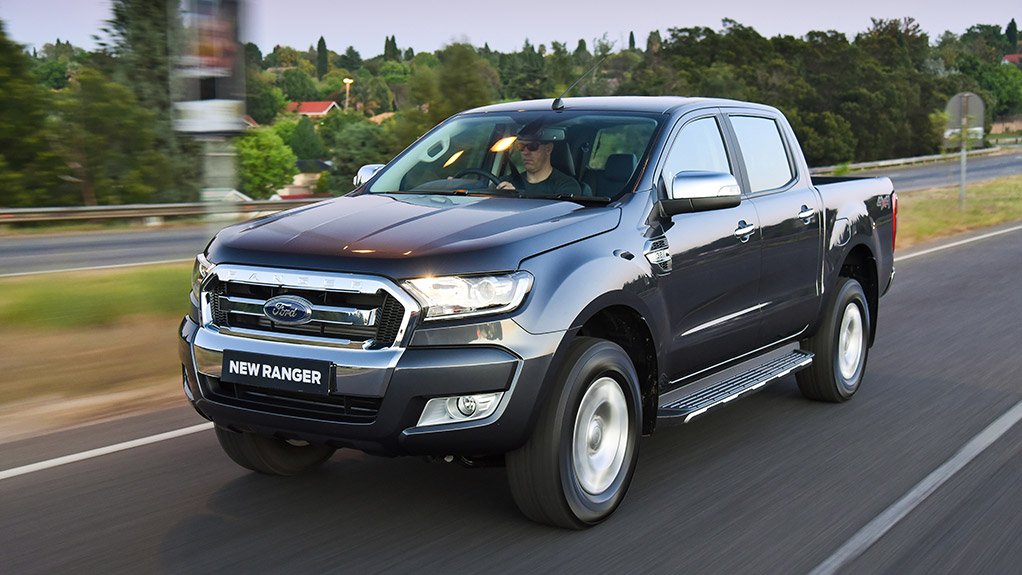

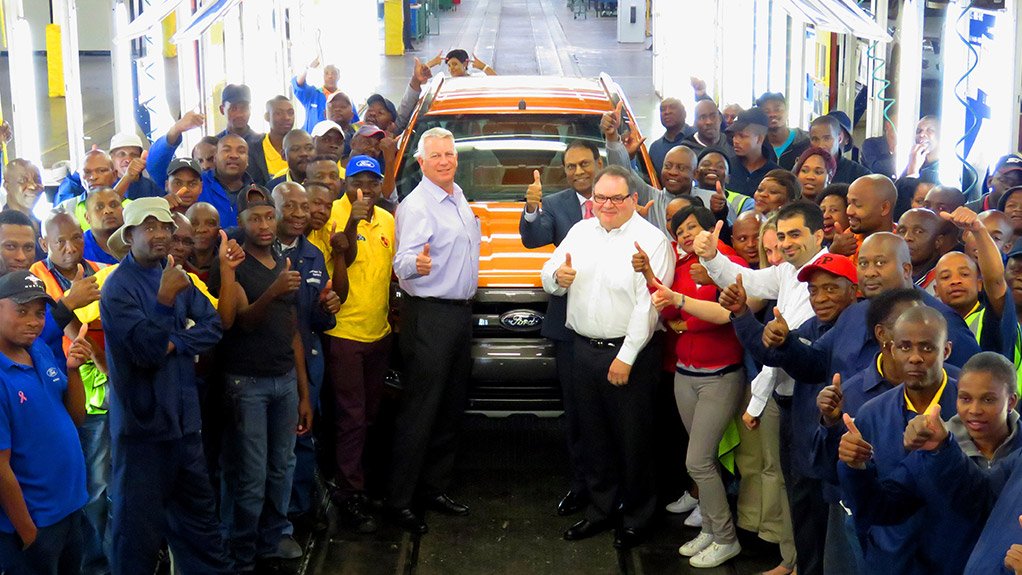

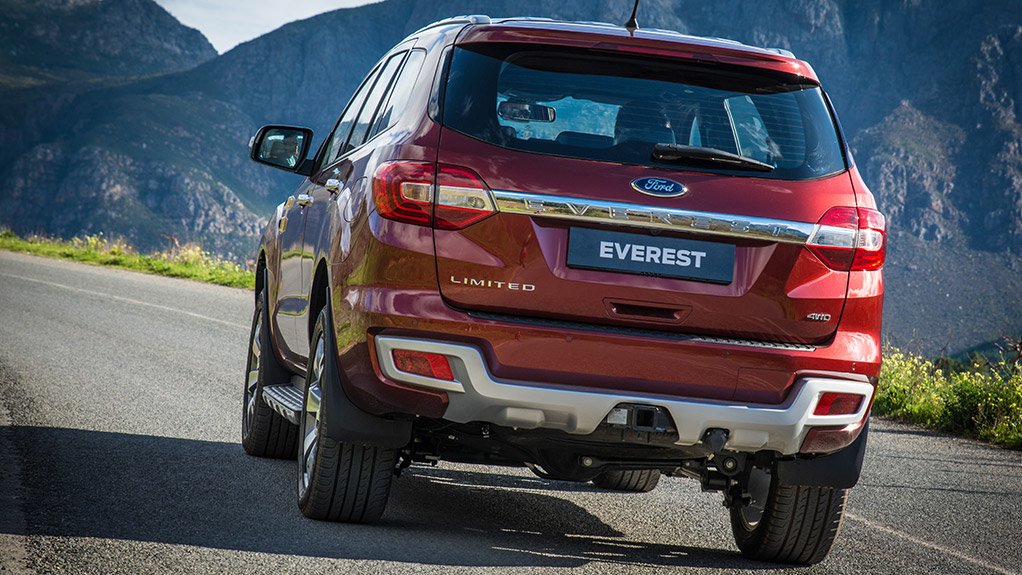
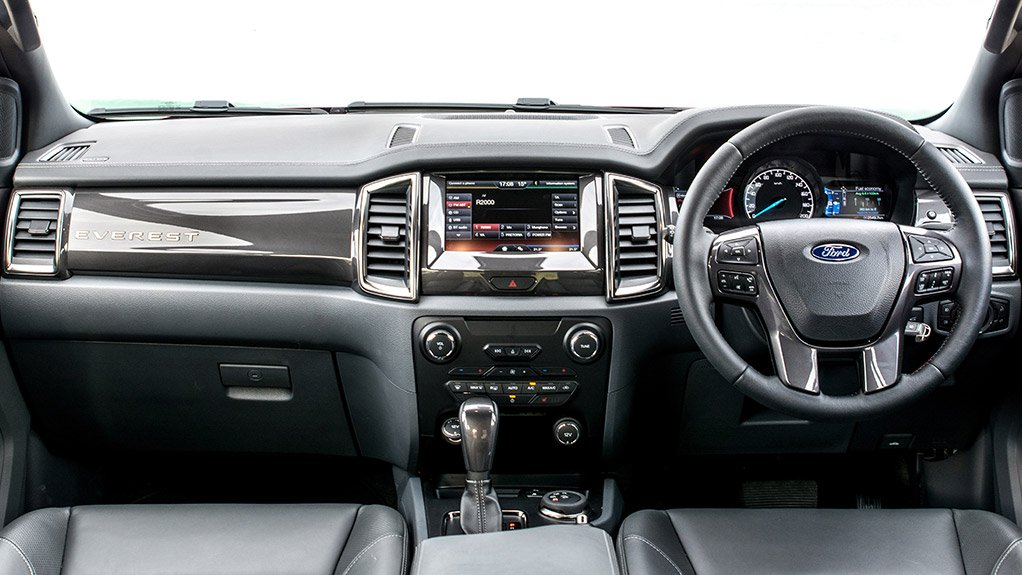
Ford Wildtrak Ranger
Inside the Wildtrak
Ranger supercab
Inside the supercab
The Ranger XLS
Inside the XLS
Ranger XLT
Inside the XLT
The first customer-ready, new Ford Ranger comes off the production line at Ford’s assembly plant in Silverton, South Africa.
The new Everest
The new Everest
Inside the new Everest
In 2011, when Ford Motor Company of Southern Africa (FMCSA) introduced its new Ranger bakkie, president and CEO Jeff Nemeth told Engineering News Online that he wanted to secure the number two spot in the South African pickup market, up from the US manufacturer’s “number three or four position” behind Toyota, Nissan and Isuzu.
Four years later, Nemeth must be pleased as punch with the Ranger’s performance, which now sees Ford aggressively challenging Toyota for the number one position.
Bakkie-mad South Africa’s best-selling vehicle last year was the Toyota Hilux, at 37 561 units.
For the first nine months of 2015, Hilux sold 26 378 units, and the Ranger 25 658 units. (To put Ford’s surge in popularity in perspective, 9 423 Ranger units were sold for the first nine months of 2012.)
The Isuzu KB, already tweaked since its 2011 launch, is at 11 628 units for the first nine months of 2015, and the Nissan Hardbody NP300 at 6 372 units.
All four of the top bakkie brands are manufactured locally.
Volkswagen’s Amarok comes in at 2 838 units sold in the first nine months of the year, the Mahindra Scorpio Pik-up at 833 units, the Mitsubishi Triton at 517 units, the Tata Xenon at 299 units, and the Mazda BT-50 at 1 102 units.
Ford will this week launch a series of enhancements to the Ranger, which is in the middle of its life cycle.
However, the vehicle faces a tough challenge from Toyota early in 2016, when the Japanese manufacturer will launch its all-new Durban-made Hilux.
Nissan has also already introduced its new one-ton pickup in the global market – but not locally – with Nissan South Africa awaiting finalisation on whether it will produce the new model at its Rosslyn plant.
General Motors South Africa also seems poised to make an announcement on increased Isuzu production at its Port Elizabeth plant.
No doubt 2016 will be an interesting year for the local market, with the war for the heart and soul of the South African bakkie buyer heating up on a number of fronts – more so should Renault also make its debut in this competitive segment.
Another interesting battle will be the one between Toyota’s new Fortuner sports-utility vehicle, also set to arrive next year, and Ford’s new Everest, launched in September.
If Toyota’s new Fortuner is again manufactured locally, Ford, which imports the Everest, may fail to challenge Toyota for dominance in this market segment considering pricing pressure on the back of significant rand weakness.
Toyota sold 6 643 Fortuner units in the first nine months of 2015.
NEW RANGER
The new Ranger continues to be produced at FMCSA’s Silverton Assembly Plant, in Pretoria, and is exported to 148 markets in Africa and Europe.
The model line-up’s Duratorq TDCi diesel engines are manufactured at the Struandale engine plant, in Port Elizabeth.
The new Ford Ranger has a bolder, perhaps more American look with its new trapezoidal grille.
The vehicle boasts a 800 mm water wading depth and 230 mm ground clearance. It also offers a 28-degree approach angle and 25-degree departure angle.
An electronically controlled transfer case allows drivers in 4x4 models to shift on the fly from 4x2 to 4x4-high, via a dial on the centre console.
For low-speed torque or additional downhill control, drivers can also engage low-range 4x4 gearing, while an electronic locking rear differential improves traction in difficult conditions.
Towing capacity is 3.5 t.
Inside the vehicle, SYNC®2, the latest generation of Ford’s in-car connectivity system, comes standard on the Ranger XLT and Wildtrak models.
Using natural voice commands, like “temperature 20 degrees”, “play AC/DC” or “call John”, the driver can control the car’s climate controls, entertainment system and phone functions.
An eight-inch touchscreen also places more controls at the driver’s fingertips.
The vehicle features a 240 V power socket that can be used to power a laptop computer or mobile device.
Driver-assist technologies abound.
The electronic stability program system integrates traction control, hill-launch assist, hill-descent control, adaptive load control and trailer sway control, while the antilock braking system includes emergency brake assistance and electronic brakeforce distribution.
The top-specification Wildtrak features lane keeping alert and lane keeping aid, adaptive cruise control, a tyre pressure monitoring system, driver impairment monitor, as well as front and rear park assist.
FMCSA promises that the 33-derivative line-up (up from 23 derivatives in 2011) will be 22% more fuel- efficient than the previous model.
Ford’s 3.2 l Duratorq TDCi five-cylinder diesel engine tops the range. Upgrades include a new exhaust gas recirculation system that helps improve fuel efficiency by up to 18%, while still producing 147 kW of power and 470 Nm of torque.
The revised 2.2 l four-cylinder Duratorq TDCi sees peak output climb from 110 kW on the previous model to 118 kW, while torque is boosted by 10 Nm to 385 Nm.
An economical mid-power 2.2 l Duratorq TDCi engine is also available in certain models, producing 88 kW of power and 285 Nm of torque.
The new Ranger is also available with a 2.5 l Duratec petrol engine, providing 122 kW of power and 226 Nm of torque.
Depending on model derivative, the bakkie is equipped with a six-speed manual or automatic transmission, or a five-speed manual on the mid-output diesel and petrol versions.
All models are sold with a four-year/120 000 km warranty, five-year/100 000 km service plan (excluding base derivatives) and three-year/unlimited km roadside assistance.
Service intervals are at 20 000 km on both petrol and diesel derivatives.
Comments
Press Office
Announcements
What's On
Subscribe to improve your user experience...
Option 1 (equivalent of R125 a month):
Receive a weekly copy of Creamer Media's Engineering News & Mining Weekly magazine
(print copy for those in South Africa and e-magazine for those outside of South Africa)
Receive daily email newsletters
Access to full search results
Access archive of magazine back copies
Access to Projects in Progress
Access to ONE Research Report of your choice in PDF format
Option 2 (equivalent of R375 a month):
All benefits from Option 1
PLUS
Access to Creamer Media's Research Channel Africa for ALL Research Reports, in PDF format, on various industrial and mining sectors
including Electricity; Water; Energy Transition; Hydrogen; Roads, Rail and Ports; Coal; Gold; Platinum; Battery Metals; etc.
Already a subscriber?
Forgotten your password?
Receive weekly copy of Creamer Media's Engineering News & Mining Weekly magazine (print copy for those in South Africa and e-magazine for those outside of South Africa)
➕
Recieve daily email newsletters
➕
Access to full search results
➕
Access archive of magazine back copies
➕
Access to Projects in Progress
➕
Access to ONE Research Report of your choice in PDF format
RESEARCH CHANNEL AFRICA
R4500 (equivalent of R375 a month)
SUBSCRIBEAll benefits from Option 1
➕
Access to Creamer Media's Research Channel Africa for ALL Research Reports on various industrial and mining sectors, in PDF format, including on:
Electricity
➕
Water
➕
Energy Transition
➕
Hydrogen
➕
Roads, Rail and Ports
➕
Coal
➕
Gold
➕
Platinum
➕
Battery Metals
➕
etc.
Receive all benefits from Option 1 or Option 2 delivered to numerous people at your company
➕
Multiple User names and Passwords for simultaneous log-ins
➕
Intranet integration access to all in your organisation











